Large-scale 3D printing is reshaping creative industries with its unmatched capabilities. You can now produce intricate, oversized designs that were once impossible. This innovation drives progress in art, architecture, and beyond.
- The market for 3D printing in culture and creativity is projected to grow:
- From approximately USD 1.22 billion in 2024 to USD 3.59 billion by 2033.
- With a CAGR of 13.26% from 2025 to 2033.
Additionally, large 3D printers reduce waste by using only the materials needed and cutting energy consumption. Their efficiency helps you lower costs while supporting sustainability goals.
Key Takeaways
- Big 3D printers are changing creative industries by making large and detailed designs faster.
- They use less material and cost less, helping artists, architects, and designers work in eco-friendly ways.
- These printers have smart tools that let creators make unique designs and try new ideas.
Understanding Large 3D Printers
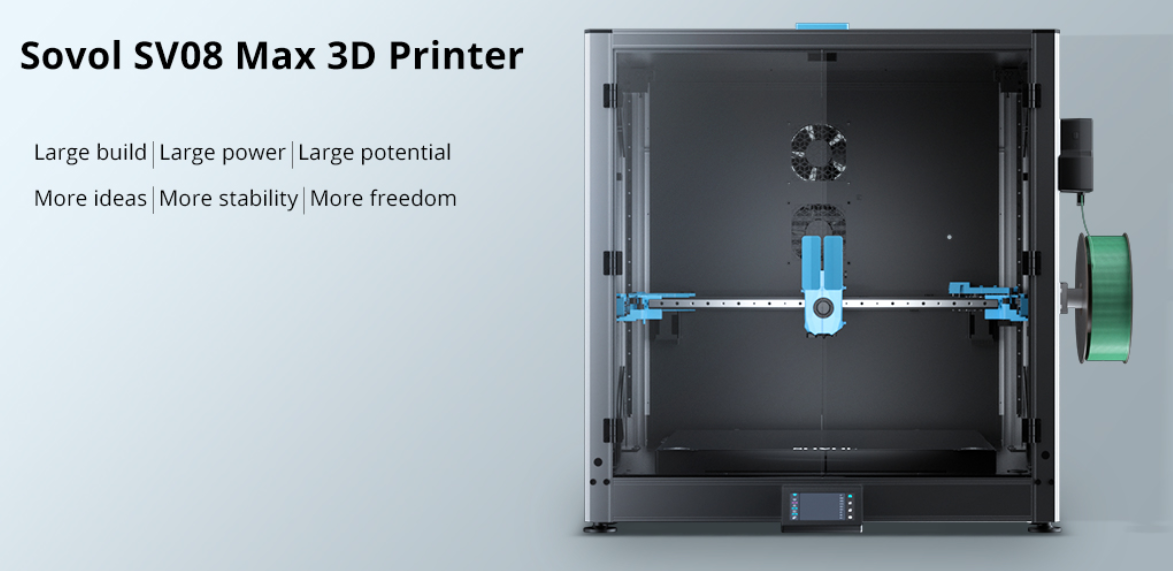
What Defines a Large 3D Printer
A large 3D printer is distinguished by its expansive build envelope, which determines the maximum dimensions (X, Y, Z) of objects it can produce. This feature is essential for professionals who need to create large-scale models, such as architectural prototypes or oversized sculptures. Unlike standard models, large-scale 3D printing enables you to fabricate intricate designs in a single process, eliminating the need for assembly. These printers cater to industries requiring precision and scale, offering capabilities that redefine manufacturing possibilities.
Key Features of Large 3D Printers
Large format 3D printers come equipped with advanced features that enhance their performance and versatility. Here’s a breakdown of their capabilities:
|
Feature |
Description |
|---|---|
|
Build Volume |
Expansive build volume allows the creation of oversized prototypes and complex parts in one go. |
|
Material Compatibility |
Support for diverse materials, including thermoplastics, metals, and composites, ensures adaptability. |
|
Print Quality |
High resolution ensures detailed, functional, and aesthetic components for advanced projects. |
|
User Experience |
Intuitive interfaces and automated calibration simplify operation and reduce errors. |
|
Maintenance |
Regular upkeep, such as nozzle cleaning and firmware updates, extends printer lifespan. |
|
Industry Applications |
Widely used in aerospace, automotive, and construction for rapid prototyping and scalable production. |
These features make large-scale 3D printing a cornerstone of innovation across multiple industries.
How Large 3D Printers Differ from Standard Models
Large 3D printers outperform standard models in scale, efficiency, and precision. Their larger build volumes enable the creation of objects that standard printers cannot handle. Despite their size, they maintain high-quality output with intricate details and smooth surfaces. Additionally, large-scale 3D printing reduces production time, allowing you to complete projects faster.
|
Printer Model |
Accuracy (μm) |
Technology Used |
|---|---|---|
|
Envision One |
Various |
|
|
Envision D4K |
< 35 |
Various |
|
Ackuretta Sol |
< 35 |
Various |
|
Asiga Max UV |
< 35 |
Various |
|
Other Models (e.g., Anycubic, Formlabs) |
Varies |
Various |
These differences highlight why large format 3D printers are the preferred choice for industries requiring precision and scale.
Applications of Large-Scale 3D Printing in Creative Industries
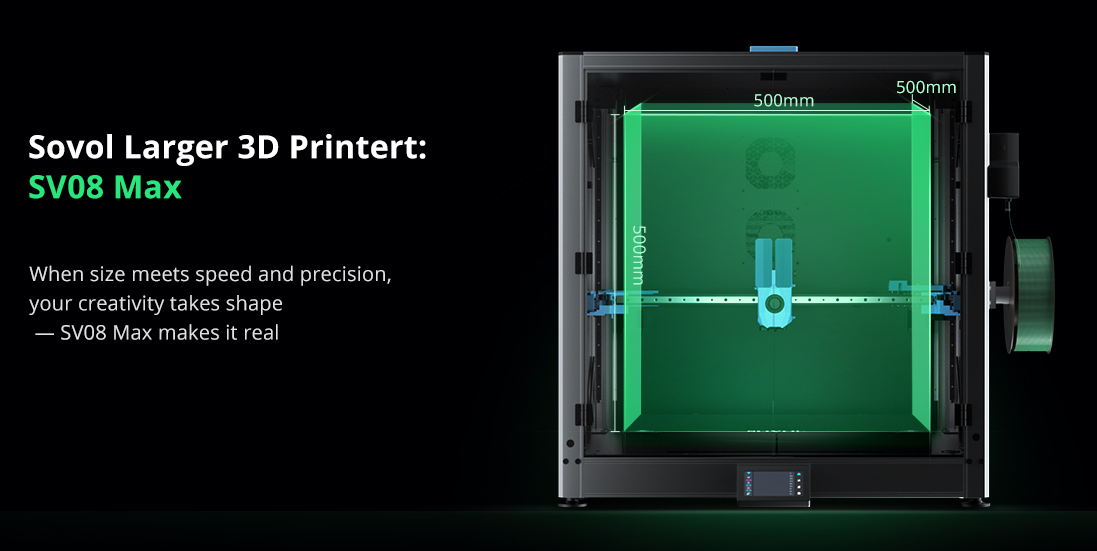
Art and Sculpture
Large-scale 3D printing has revolutionized the art world by enabling artists to create intricate and oversized sculptures with unparalleled precision. You can now produce complex designs that were previously impossible due to limitations in traditional sculpting methods. For example, the 4-meter-long golden dragon displayed at Sydney Airport during Chinese New Year captivated audiences with its stunning detail and scale. This capability allows you to bring ambitious artistic visions to life while reducing production time and costs.
Artists also benefit from the ability to experiment with diverse materials, such as metals, plastics, and composites, to achieve unique textures and finishes. Whether you're crafting a monumental public installation or a detailed museum exhibit, large-scale 3D printing empowers you to push creative boundaries and redefine artistic expression.
Architecture and Construction
In architecture and construction, large-scale 3D printing offers transformative capabilities that enhance project performance. You can use this technology to create detailed prototypes, structural components, and even entire building sections with remarkable efficiency. A study utilizing structural equation modeling (SEM) highlights how 3D printing improves residential construction projects by optimizing time, cost, quality, safety, and environmental impact. With 90% of project performance metrics influenced by 3D printing, its role in modern construction is undeniable.
For sustainable architecture, organizations like AIRLAB in Singapore demonstrate how 3D printed components, such as table legs, can reduce material waste and promote eco-friendly practices. By leveraging large-scale 3D printing, you can achieve innovative designs while meeting sustainability goals and minimizing environmental impact.
Furniture and Interior Design
Large-scale 3D printing is reshaping furniture and interior design by offering unmatched design freedom and efficiency. You can create intricate geometries, such as lattice structures and internal channels, that traditional manufacturing methods cannot achieve. This technology also enables weight reduction by using lightweight materials and consolidating parts into single components, eliminating the need for fasteners.
- Design Freedom: Complex geometries allow for unique and customizable furniture designs.
- Weight Reduction: Lightweight materials and density adjustments make furniture easier to transport and assemble.
- Faster Development: Rapid prototyping eliminates tooling setup, speeding up production timelines.
- Reduced Cost: Lower tooling costs and efficient material usage make 3D printed furniture more affordable.
For example, 3D printed furniture can transform interior spaces with bold, futuristic designs while maintaining functionality and cost-effectiveness. Whether you're designing for residential or commercial spaces, this technology enables you to create standout pieces that elevate any environment.
Advertising and Marketing
Large-scale 3D printing is a game-changer for advertising and marketing campaigns. You can create eye-catching displays and installations that engage audiences and leave lasting impressions. For instance, the One Piece 20th Anniversary campaign used 3D printing to produce 24 life-sized replicas of manga characters, captivating fans worldwide.
This technology allows you to craft unique, dimensional advertisements tailored to specific demographics. Large-scale 3D printed items can be strategically placed in high-traffic areas to maximize visibility and brand recognition. By leveraging these capabilities, you can differentiate your brand in competitive markets and deliver memorable experiences that resonate with your audience.
Benefits of Large-Scale 3D Printing
Cost Efficiency and Reduced Waste
Large-scale 3D printing offers significant cost savings by optimizing material usage and reducing waste. Unlike traditional manufacturing methods, which often involve cutting or subtracting materials, this technology uses additive manufacturing. You only use the exact amount of material required for your design, minimizing waste and lowering production costs.
For creative industries, this efficiency translates into affordable production of prototypes, sculptures, and architectural models. You can also avoid the expenses associated with tooling and assembly, as large format 3D printers can produce intricate designs in a single process.
Tip: By adopting large-scale 3D printing, you can align your projects with sustainability goals while reducing operational costs.
|
Benefit |
Description |
|---|---|
|
Reduced Waste |
Additive manufacturing minimizes waste by using materials only where needed, promoting sustainability. |
|
Cost Savings |
Eliminates tooling setup and reduces material costs, making production more affordable. |
|
Faster Production |
Streamlined processes reduce lead times, enabling quicker delivery of creative projects. |
This capability empowers you to achieve both economic and environmental benefits, making large format 3D printers a valuable investment for your creative endeavors.
Design Flexibility and Customization
Large-scale 3D printing unlocks unparalleled design flexibility, allowing you to create intricate geometries and complex structures that traditional methods cannot achieve. Whether you're designing furniture, sculptures, or architectural components, this technology enables you to push creative boundaries.
Customization becomes effortless with large format 3D printers. You can produce unique, tailor-made items that cater to individual preferences or project requirements. For example, designers can create lightweight furniture with internal channels for weight reduction or optimize material placement for stronger, more durable parts.
|
Evidence Description |
|---|
|
3D printing allows for the creation of complex geometries and intricate designs. |
|
Engineers can design parts that are stronger and lighter by optimizing material placement. |
|
Multiple components can be combined into a single 3D-printed part, reducing assembly time. |
With large-scale 3D printing solutions, you can achieve advanced customization and bring your most ambitious ideas to life.
Sustainability and Eco-Friendly Practices
Large-scale 3D printing supports eco-friendly practices by reducing waste and enabling the use of sustainable materials. The additive manufacturing process ensures that every gram of material contributes directly to the final product, minimizing excess.
You can also explore biodegradable or recycled materials to further enhance the sustainability of your projects. For instance, architects and designers are increasingly using 3D printing to create components that reduce environmental impact, such as lightweight structures that require less energy for transportation and assembly.
|
Benefit |
Description |
|---|---|
|
Reduced Waste |
Additive manufacturing minimizes waste, promoting sustainability in creative production. |
|
Sustainable Materials |
Enables the use of biodegradable or recycled materials for eco-friendly designs. |
|
Energy Efficiency |
Lightweight designs reduce energy consumption during transportation and assembly. |
By adopting large-scale 3D printing, you can contribute to a greener future while maintaining the quality and creativity of your work. This technology aligns with global sustainability goals, making it an essential tool for forward-thinking professionals.
Large 3D printers redefine creative industries with their advanced capabilities. You can achieve cost reductions, faster production, and sustainable practices. Industries like aerospace and healthcare report improved efficiency and reduced turnaround times. With adoption rates rising by 75%, this technology empowers you to innovate and stay competitive in a rapidly evolving market.
FAQ
What industries benefit the most from large-scale 3D printing?
Creative industries like architecture, art, furniture design, and advertising benefit significantly. Aerospace and healthcare also report improved efficiency and reduced production times.
Can large 3D printers handle sustainable materials?
Yes, they support biodegradable and recycled materials. You can use these to create eco-friendly designs while reducing waste and environmental impact.
How do large 3D printers reduce production costs?
They optimize material usage, eliminate tooling setup, and consolidate components into single parts. These features lower expenses and streamline manufacturing processes.

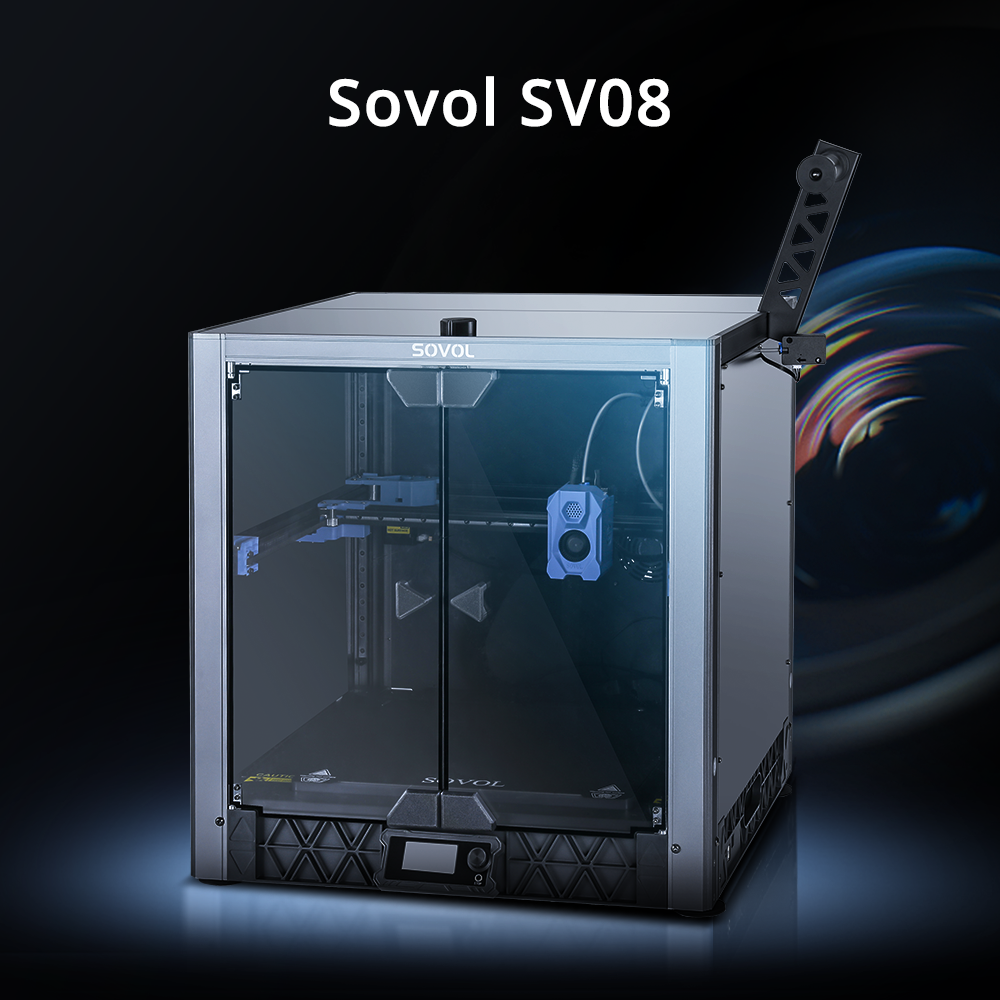
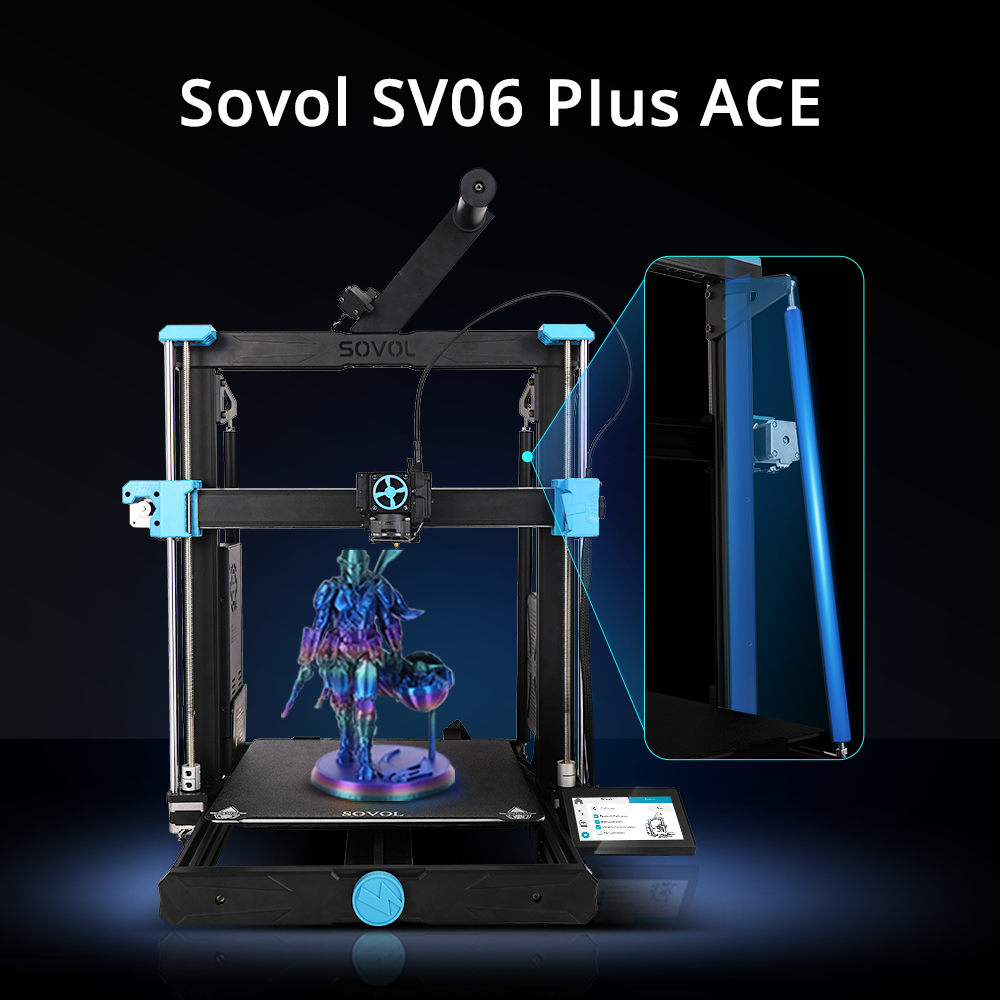
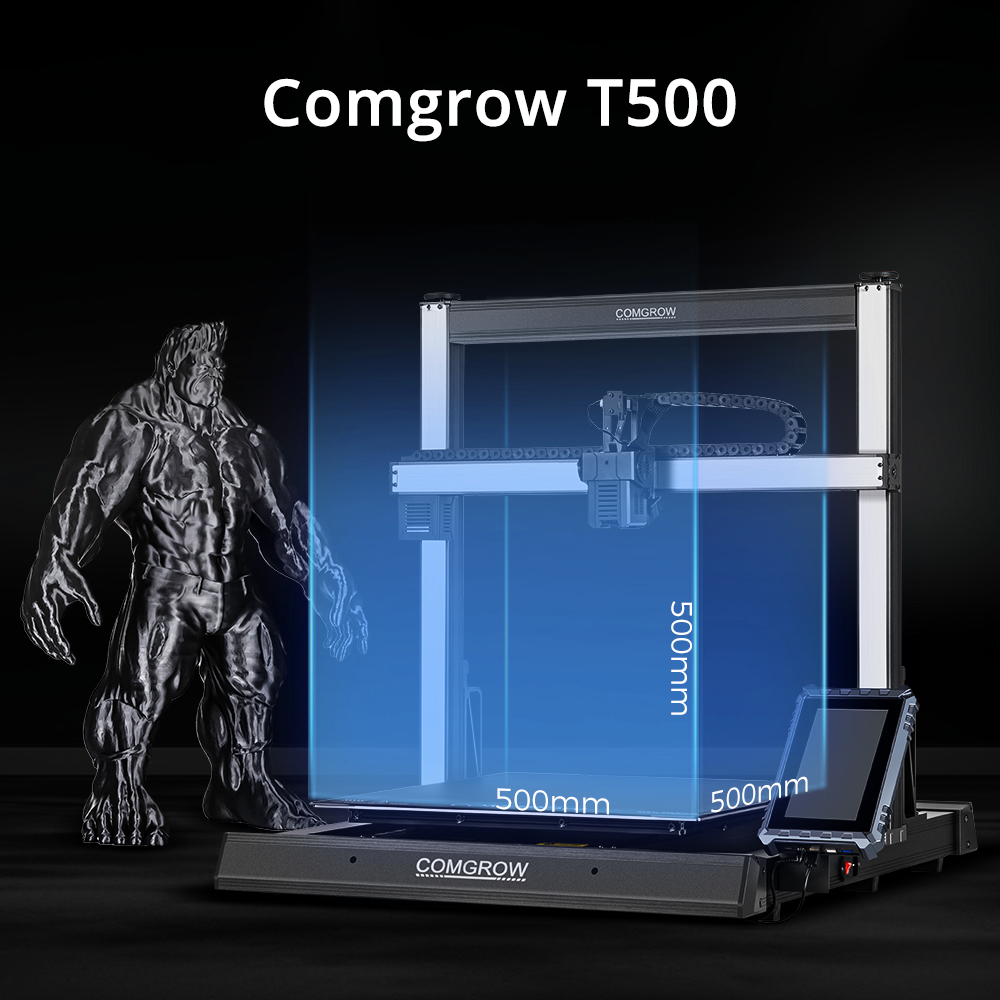


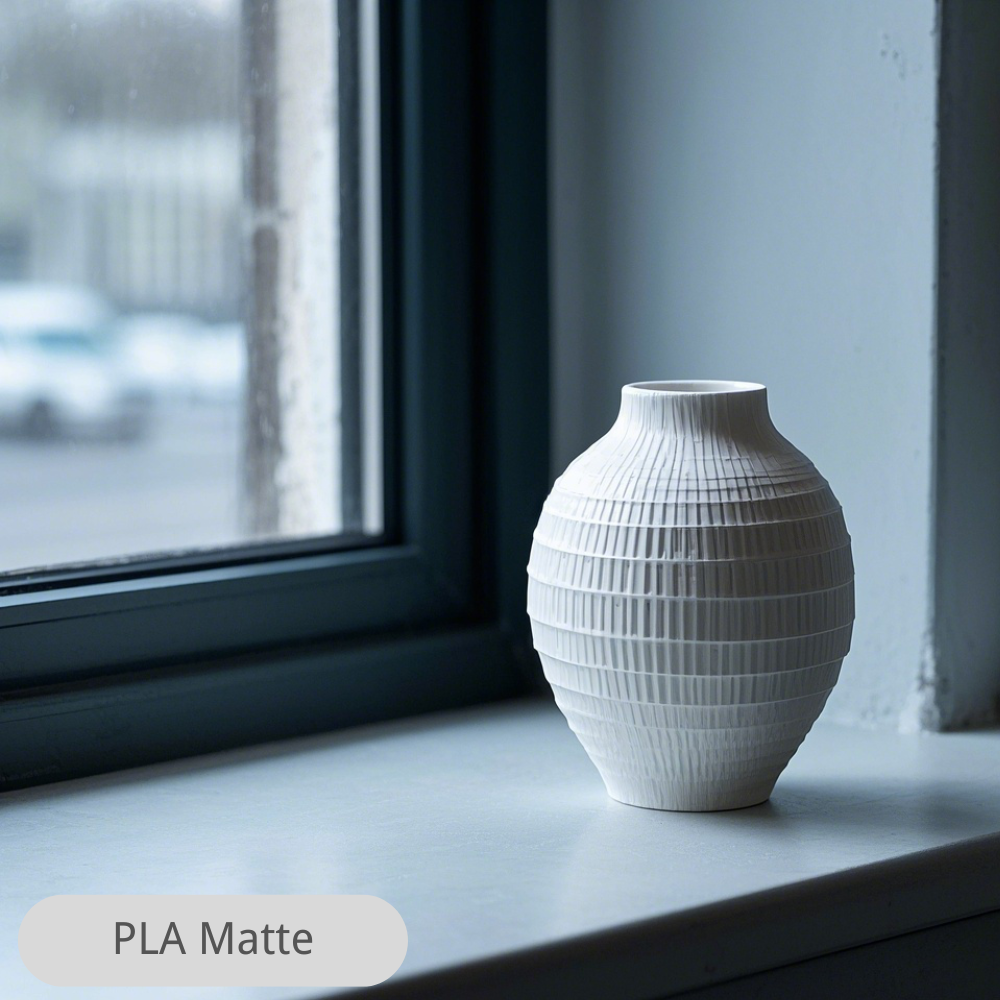

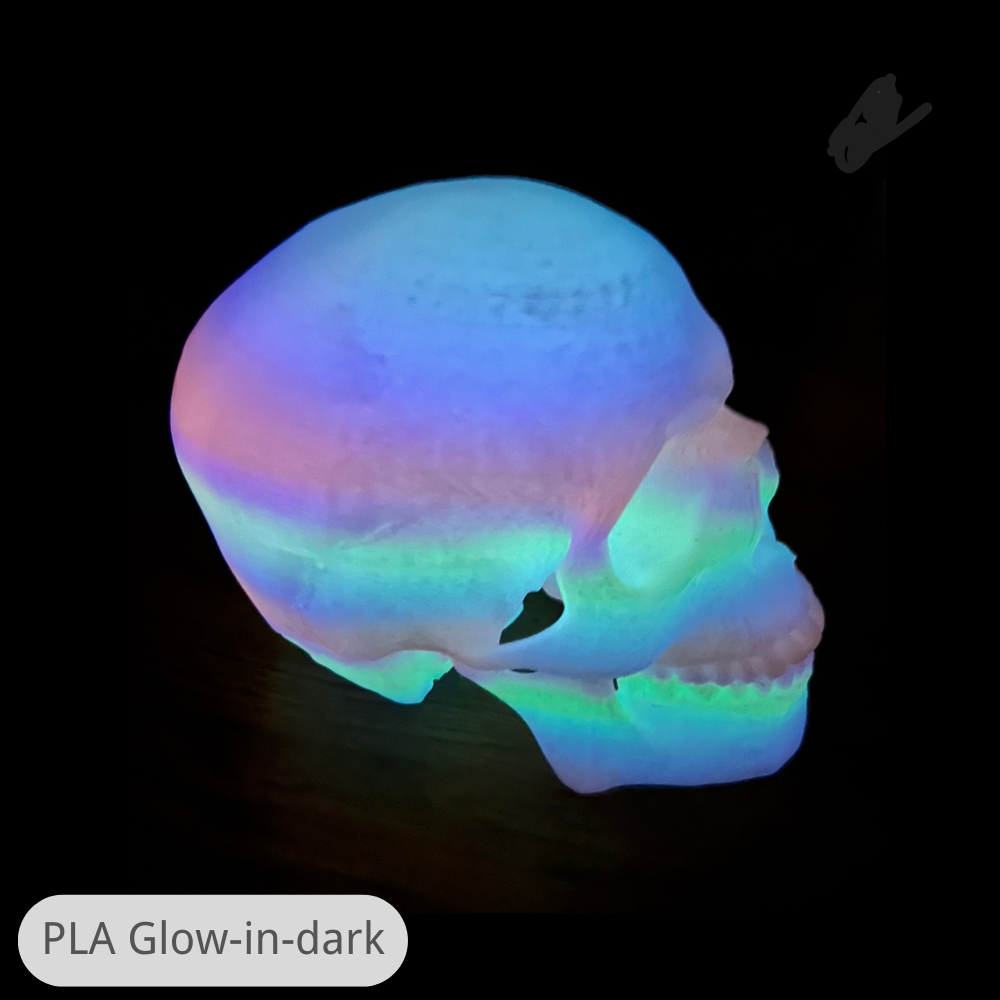






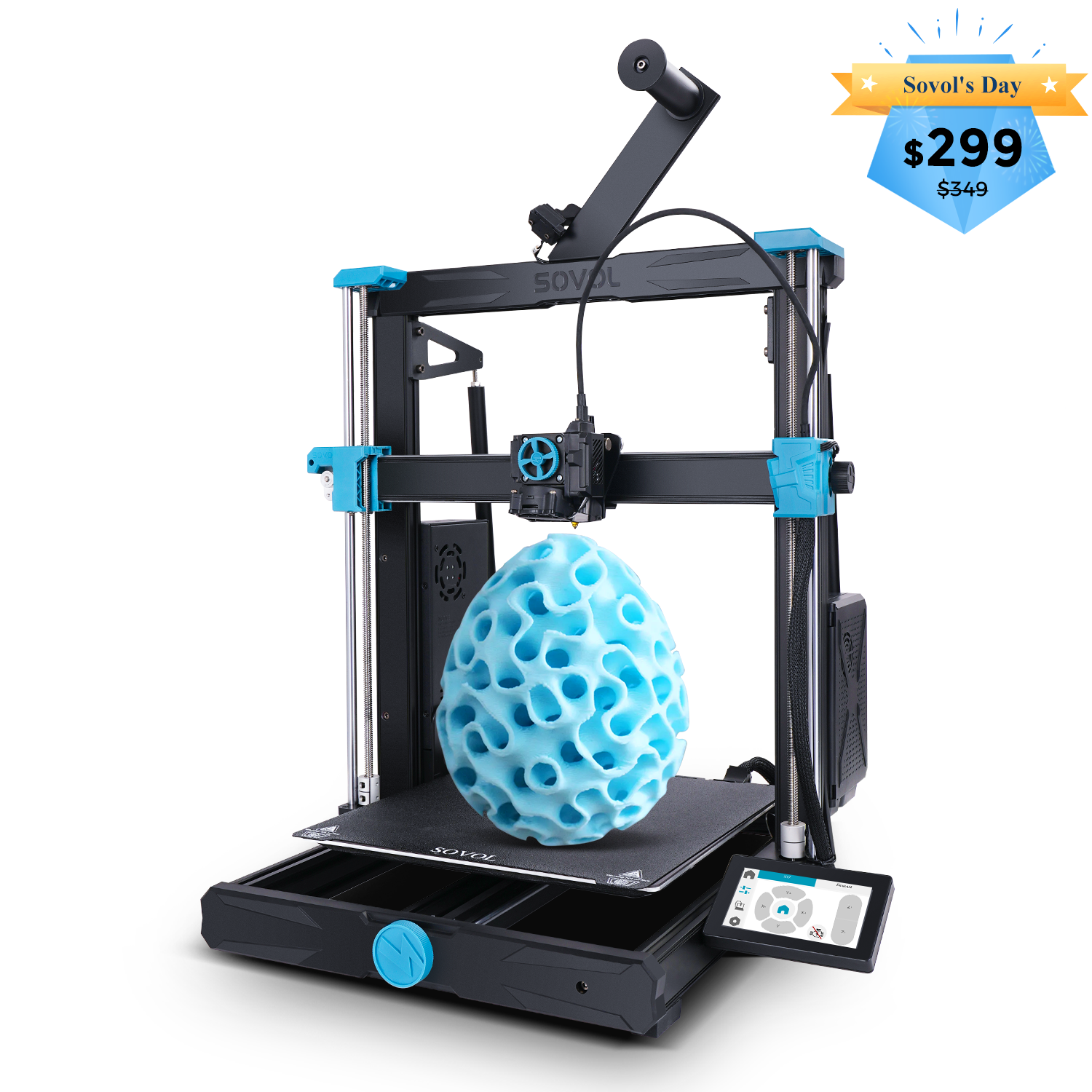





Leave a comment
All comments are moderated before being published.
This site is protected by hCaptcha and the hCaptcha Privacy Policy and Terms of Service apply.